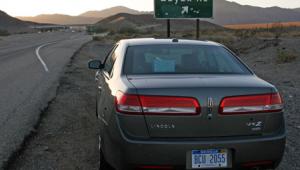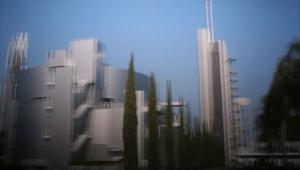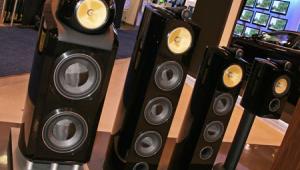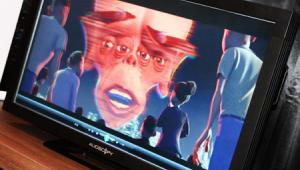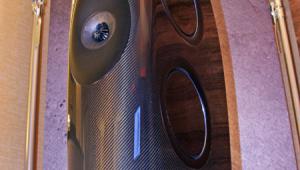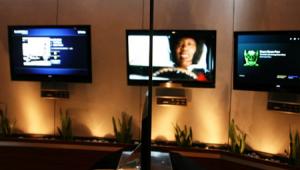LG Gets Passive
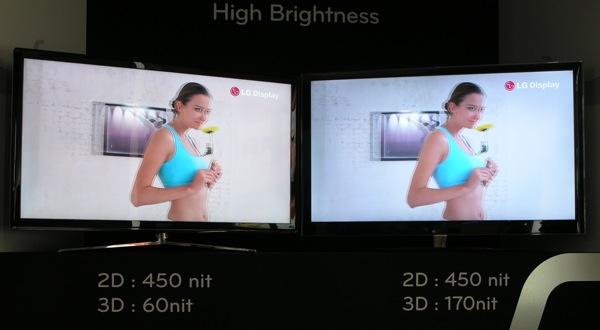
On the resolution issue, LG reps claimed that a certification company (Intertech) has certified the FPR sets as full HD, arguing that the brain fuses the two 1920 x 540 images together to produce a full 1920 s 1080 image. Hmmm. My current position is that each eye must see a full 1920 x 1080 image (or at a minimum 1280 x 720) to call the result HD. But there's still some wiggle room here for others to squeeze through and call this HD. Google Kell Factor if you want to know more.
A further complication here is that when you watch broadcast 3D (cable, satellite, over-the-air) on a set with passive glasses, in contrast to full HD 3D on Blu-ray (which uses frame packing) you also loose half of the horizontal resolution as well, for a double whammy. Broadcast 3D will use the side-by-side, frame compatible 3D format, which reduces the horizontal resolution of each eye image by half). All of a sudden that 3D Super Bowl on an FPS set has become 860 x 540for all practical purposes little better than standard definition DVD quality (720 x 480i).
On a different subject, when LG Display reps were asked when the division might have a large OLED display, the answer was in 2012, and the size was 55"(!). No speculation on pricing, of course, and the history of OLEDs suggests caution before reserving a spot on that wall for a big OLED flat panel set. In fact, since the response to this question was from LG display, the answer might mean that the panel would be ready by then, not a complete set with a panel, electronics, cosmetics, full testing, and shipping carton ready to head to your local video store.

